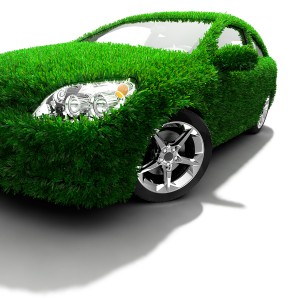 Maintaining and running a car is a significant expense for anybody, and research has estimated the annual average cost of driving at an astonishing £3000.
Maintaining and running a car is a significant expense for anybody, and research has estimated the annual average cost of driving at an astonishing £3000.
It’s unsurprising, then, that many people are looking for ways to cut these costs. This often means driving more efficiently so, in the pursuit of saving money, you can reduce your environmental impact as well.
Just follow these tips to find out how you can keep a little extra money in the bank and help out the planet, all from the comfort of the driving seat.
Maintain your car
Keeping your car in tip-top condition is the best way to make sure that it runs efficiently. Ensure your car is well serviced, it will give you better fuel consumption, be more reliable and keep you safe. It’s a good idea to check your tyres frequently to make sure they’re adequately inflated. Maintaining the correct tyre pressure is not only more fuel efficient; it’s also safer and results in lower CO2 emissions. You can find the correct pressures for your car’s tyres in the handbook, door shut or sometimes the inside of the fuel flap.
It’s also a good idea to carry out other regular checks on your car. Keep your oil, coolant and screen wash topped up, examine your tyres for condition, and make sure that the tyres’ tread depth is at least 1.6mm. This is the UK minimum legal requirement, although it is suggested that below 3mm tyres loose 70% of their grip in the wet. For a free tyre tread depth checker email us [email protected]
Prepare for the ride
Before setting out, ensure that your car isn’t carrying any unnecessary weight. Transporting things in the boot that you could leave at home will burn more fuel and cost you money, so clear out first.
The same applies to the outside of your car. Removing roof racks, roof bars and bicycle mounts before you go driving will make your vehicle lighter and more aerodynamic, which will also help to economise fuel.
Adapt your driving style
Once you’re on the road there’s plenty you can do to keep fuel consumption down. Stick to the speed limits and change gears smoothly by switching up a gear when the revs are at approximately 2500 rpm, or 2000 rpm for diesel cars.
Ease off your use of the accelerator and the brakes: the more smoothly you drive, the less CO2 you will produce. When you stop to wait at traffic lights or pick-up points for more than a minute, you’ll save your fuel if you turn off the engine rather than leaving it idling. And when you’re on the road, don’t use your air conditioning unless you really need to.
Plan your trips
It’s easy to depend on your car, but if you find yourself hopping behind the wheel for every little thing, it might be a good idea to cut back. Save up your short trips and then run several errands in one go or share the journey with a friend.
If you simply have to go by car, check online traffic reports or programme your GPS to avoid traffic black-spots. Remember, the shortest route might not always be the best, especially if there are lots of traffic lights or heavy congestion. Choose instead a route that might be slightly longer but involves less stopping and starting. If your car is equipped with start/stop technology, make sure you use it, it can save you lots of fuel.
By following these steps, you could be on the road to saving money and the environment in no time!
